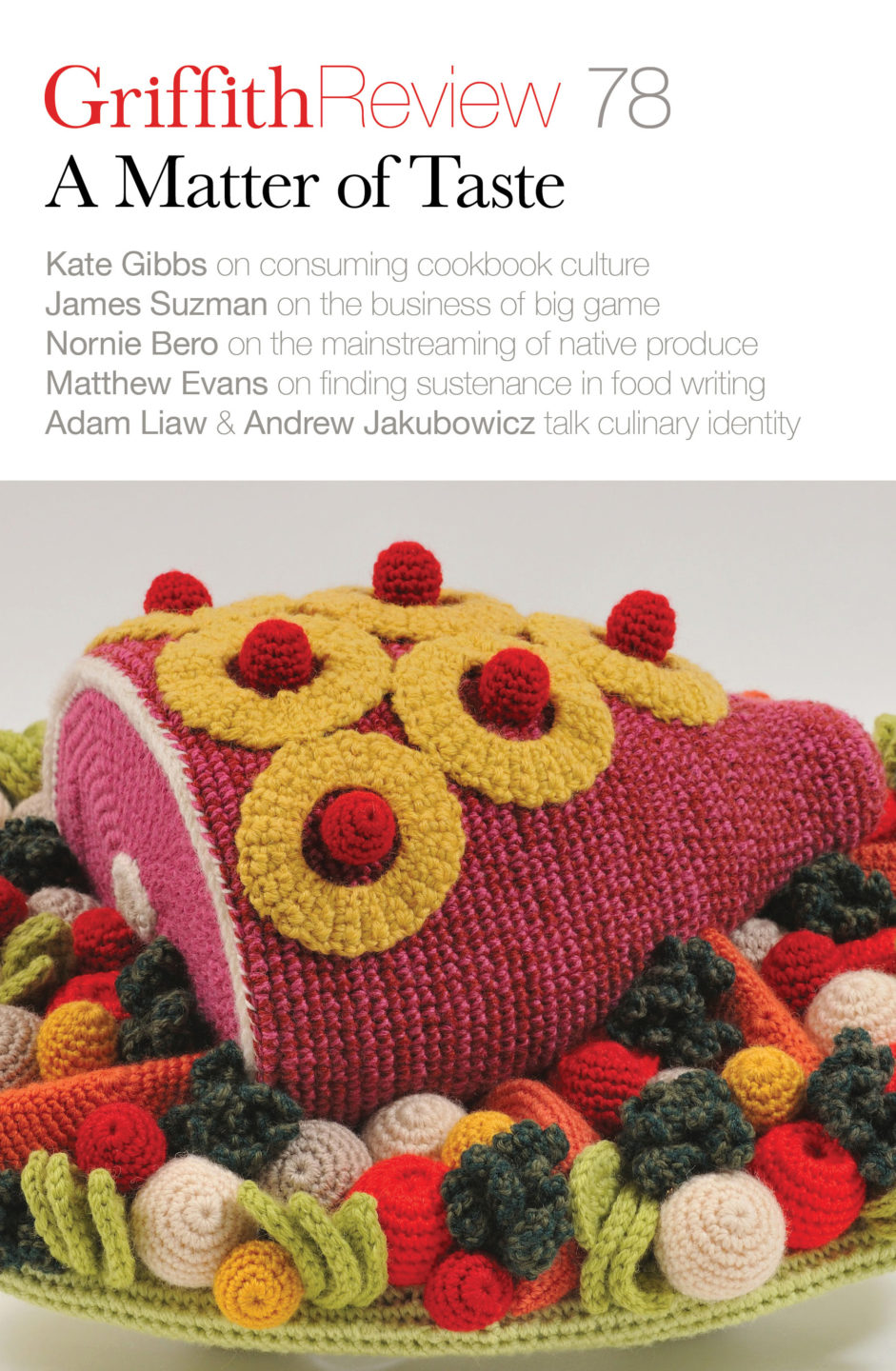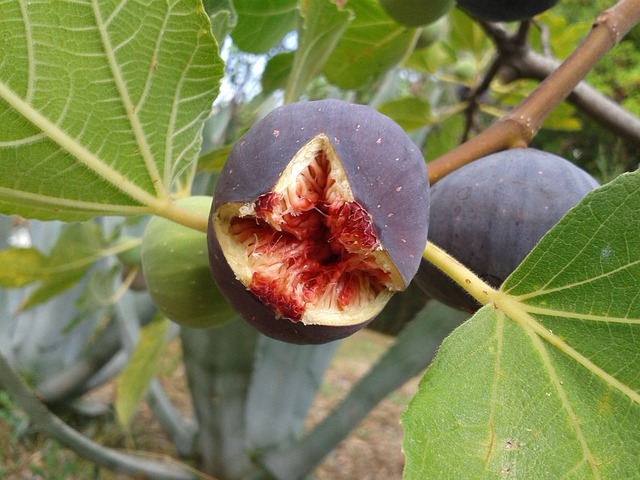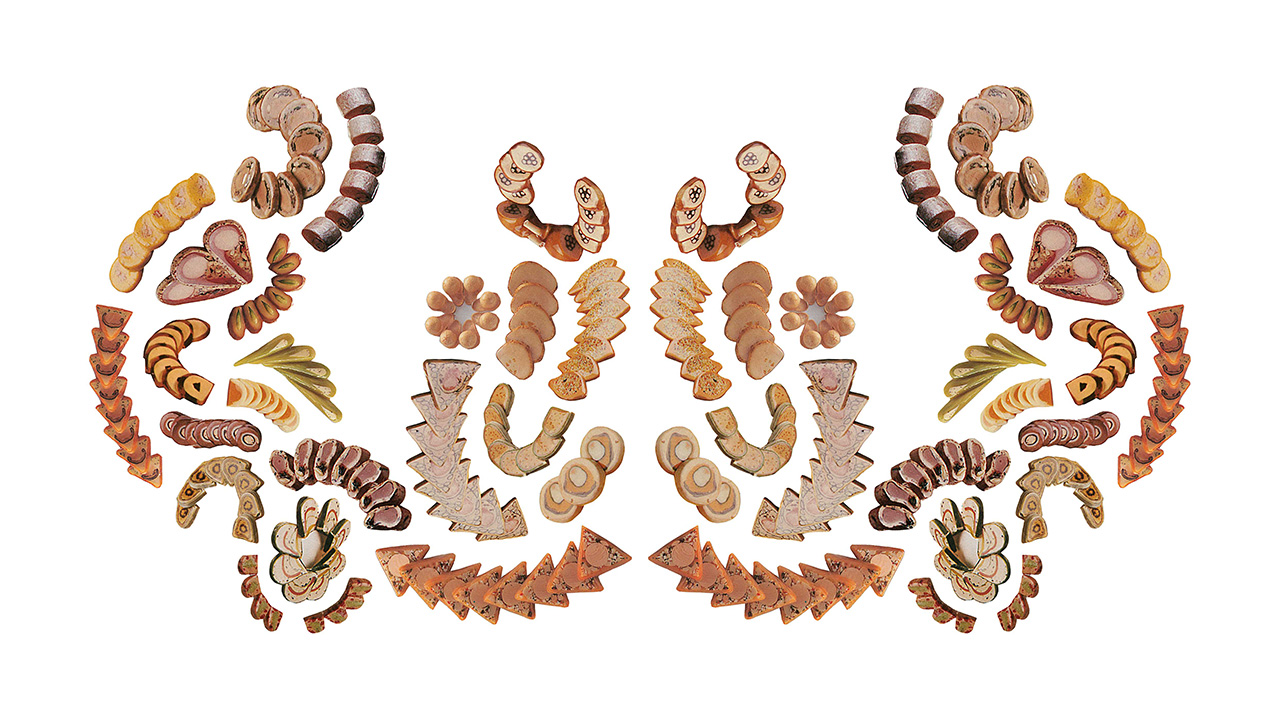Featured in

- Published 20221101
- ISBN: 978-1-922212-74-0
- Extent: 264pp
- Paperback (234 x 153mm), eBook


Already a subscriber? Sign in here
If you are an educator or student wishing to access content for study purposes please contact us at griffithreview@griffith.edu.au
Share article
More from author

A luxury of choice
GR Online I’M TWENTY-SIX YEARS old, and recently stopped taking the birth-control pill. I react poorly to synthetic hormones – they aggravate my anxiety and put...
More from this edition

The long supper
FictionNadia herself was unremarkable. She spoke little and staked little claim. She ate in moderation (always in private). She exercised moderately (always indoors). Books were the exception; those, she binged.

Finding the fundamentals of culture
MemoirValuing a job that creates something tangible is probably why, on leaving school, I opted to become a chef; I liked the idea of making food, and hopefully making people happy. It’s probably why I farm, because doing something physical, to produce something you can actually touch, is wired into me.

Gut instinct
In ConversationUsing identical, machine-made food items accentuates the traces of consumption. In works where participation is open to the audience as co-creators, I have found there’s not just one way to consume...